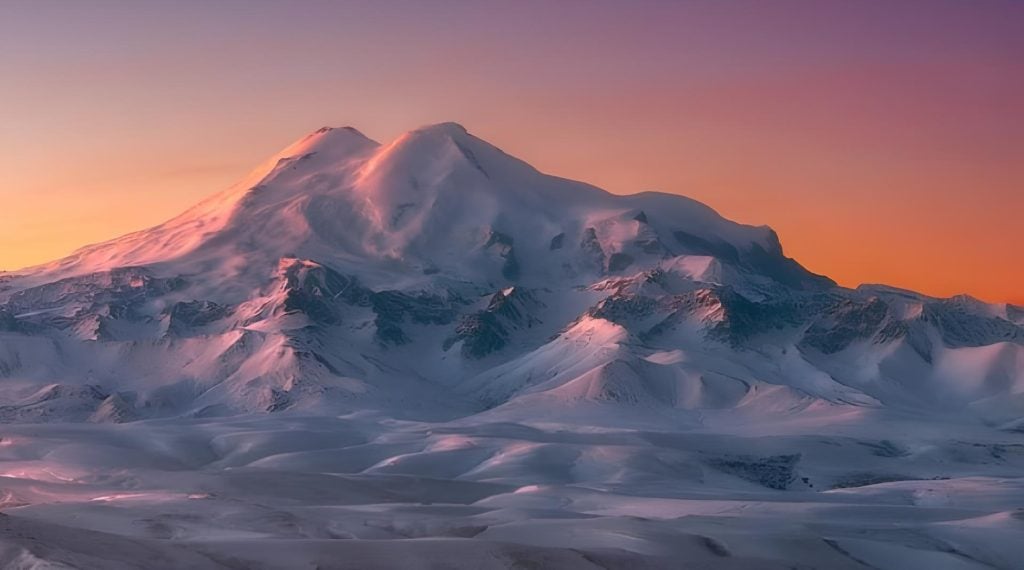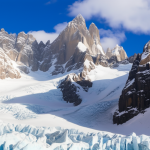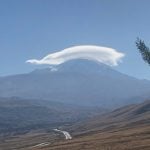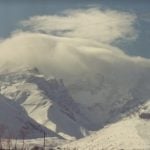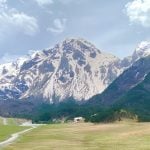Mount Elbrus : Highest Mountain in Europe and Russia
Elbrus is a massive, snow-capped mountain that towers over the Caucasus range. At 5,642 meters (18,510 feet), it is the highest mountain in Europe and one of the Seven Summits, the highest peaks on each continent. Elbrus is located in the Kabardino-Balkar Republic of Russia, near the border with Georgia. The mountain is a popular destination for mountaineers, skiers, and snowboarders. Mount Elbrus : Highest Mountain in Europe and Russia :
Geography
Elbrus is a dormant volcano that formed about 2.5 million years ago. It is a stratovolcano, which is a type of volcano that is built up by layers of ash and lava. Elbrus has two peaks: the western summit, which is slightly higher at 5,642 meters, and the eastern summit, which is 5,629 meters (18,465 feet) tall. The mountain is covered in glaciers, which feed several rivers, including the Baksan, Malka, and Kuban.
Climate
Elbrus has a cold, high mountain climate. The average temperature at the summit is -25 degrees Celsius (-13 degrees Fahrenheit). The mountain is covered in snow for most of the year, and the climbing season is typically from May to October.
History
Elbrus has been inhabited for centuries by various peoples, including the Scythians, Sarmatians, and Alans. The first recorded ascent of Elbrus was in 1829 by a group of Kabardian hunters led by Khillar Khachirov. The mountain was first climbed by Europeans in 1873 by Douglas Freshfield, Charles Comyn Tucker, and F. Crauford Grove.
Climbing
Elbrus is a popular destination for mountaineers from all over the world. The most common route to the summit is the Northern Route, which starts near the town of Terskol. The climb is typically done over two or three days and involves acclimatization to the high altitude. There are also several other routes to the summit, including the Southern Route and the Western Route.
Skiing and Snowboarding
Elbrus is also a popular destination for skiers and snowboarders. There are several ski resorts on the mountain, including the Elbrus Ski Resort and the Cheget Ski Resort. The ski season on Elbrus typically runs from November to May.
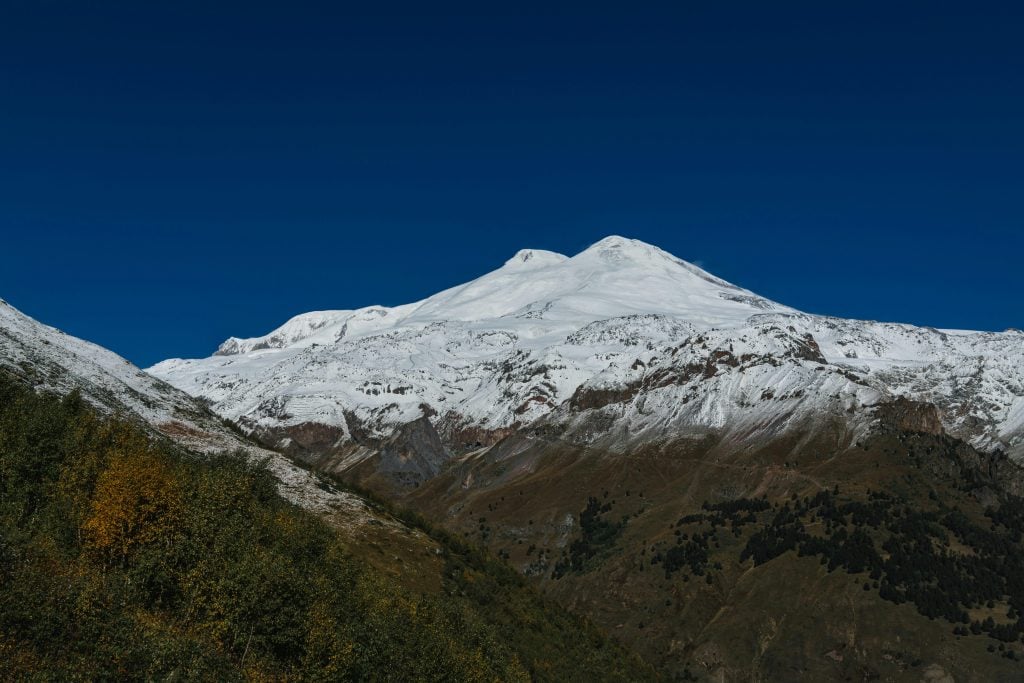
Other Activities
In addition to mountaineering, skiing, and snowboarding, there are a number of other activities that can be enjoyed in the Elbrus region. These include hiking, horseback riding, fishing, and paragliding.
Environmental Issues
Elbrus is facing a number of environmental challenges, including climate change, pollution, and overuse. Climate change is causing the glaciers on the mountain to melt, which is leading to water shortages and an increased risk of avalanches. Pollution from tourism and development is also a problem, as is overuse of the mountain’s resources.
Conservation Efforts
There are a number of conservation efforts underway to protect Elbrus and its environment. These include the establishment of national parks and protected areas, the development of sustainable tourism practices, and the education of local communities about the importance of environmental conservation.
Elbrus in Literature and Culture
Elbrus has been featured in literature and culture for centuries. The mountain is mentioned in the Greek myth of Jason and the Argonauts, and it is also the setting for a number of novels and poems. Elbrus is a symbol of national pride for Russia and the Kabardino-Balkar Republic, and it is often featured in paintings, photographs, and other works of art.
What is Elbrus Mountain?
How was Elbrus Mountain formed?
What is the climate like on Elbrus Mountain?
When was Elbrus Mountain first ascended?
How difficult is it to climb Elbrus Mountain?
Can I ski or snowboard on Elbrus Mountain?
What other activities can I enjoy on Elbrus Mountain?
What are the environmental challenges facing Elbrus Mountain?
What is being done to conserve Elbrus Mountain?
What is the significance of Elbrus Mountain?
Is there a cable car on Mount Elbrus? Can you give information?
Yes there is. Elbrus is the highest mountain in Europe, and it has a cable car system that takes visitors to an altitude of 3,847 meters (12,625 feet). The cable car is a popular way to reach the summit of Elbrus, as it can save climbers a significant amount of time and effort.
Here is some information about the Elbrus cable car:
- Operator: Elbrus Teleferik İşletmesi
- Line length: Approximately 5 km (3.1 miles)
- Elevation gain: Approximately 1,100 meters (3,609 feet)
- Capacity: 800 people per hour
- Stations: 3 stations (Azau, Cheget, Garabashi)
- Operating hours: 9:00 AM to 5:00 PM (weather conditions permitting)
- Ticket prices: Adult round-trip 1,800 rubles, child round-trip 900 rubles (as of April 2024)
Here are some important things to note about the cable car:
- The cable car operates year-round, but closures may occur due to weather conditions.
- Weather conditions can be very variable and cold at the higher stations, so it is important to dress warmly.
- The cable car can get very crowded, especially during peak season, so it is recommended to purchase tickets in advance.
- The cable car offers stunning views of Mount Elbrus and the surrounding Caucasus Mountains.

